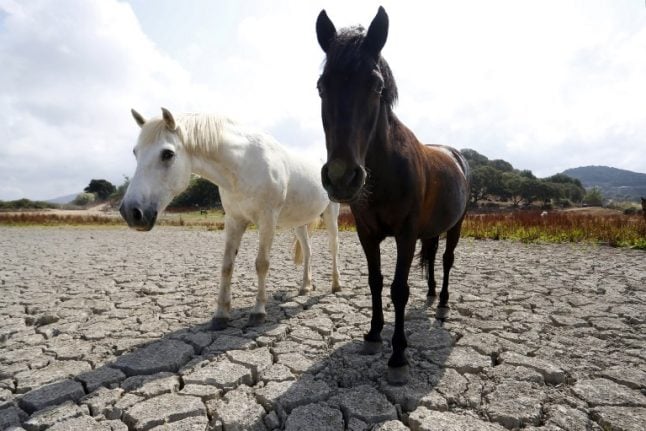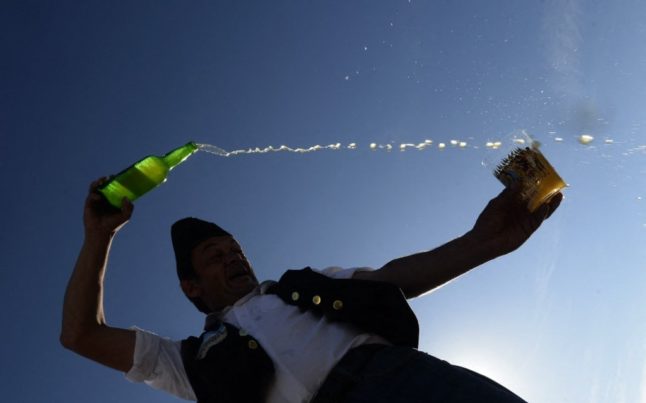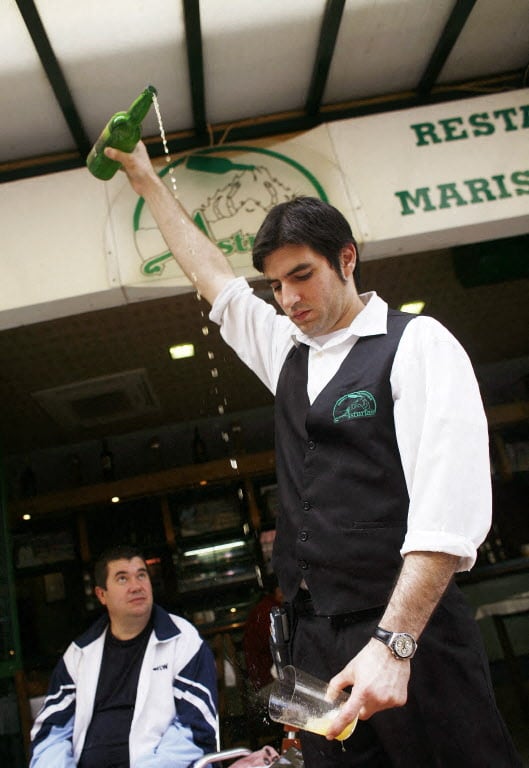Police in Spain arrested 65 people suspected of crimes including animal abuse, document forgery, public health violations, money laundering and being part of a criminal organisation, Europe's policing agency Europol said in a statement.
The suspected leader of the group, a Dutch national, was arrested in Belgium, it added.
Spain's Guardia Civil police force began their investigation in 2016 after detecting “unusual behaviour” in horsemeat markets.
“They detected a scam whereby horses in bad shape, too old or simply labelled as 'not suitable for consumption' were being slaughtered in two different slaughterhouses,” Europol said.
The horses came from Portugal and northern Spain and their meat was processed at an unspecified location from where it was sent to Belgium, one of the biggest horsemeat exporters in the European Union.
The group is suspected of having modified the horse's microchips and documentation to pass off the meat as edible.
The meat was sold across Europe and may have earned the group over €20 million ($23 million) per year, Spanish police said in a separate statement.
The Guardia Civil worked in cooperation with police in Belgium, Britain, France, Italy, Portugal, Romania, Switzerland and the Netherlands, the statement added.
Spanish police seized five luxury cars as part of the investigation and blocked several bank accounts.
The investigation stems from a British horsemeat scandal in 2013 when frozen burgers supplied to several supermarkets were found to contain horse DNA.





 Please whitelist us to continue reading.
Please whitelist us to continue reading.